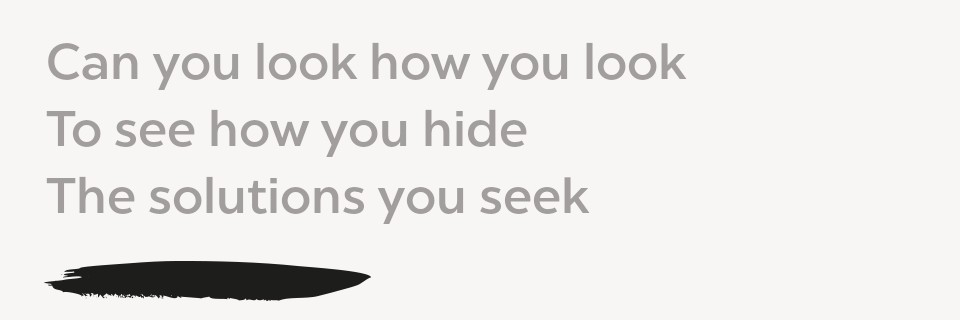The other day I was having a check-up, and I decided to have a little fun with my doctor. I asked, “What’s the difference between a living body and a dead one, assuming nothing is broken on the dead one and the person died of natural causes?”
“Well, their organs aren’t working,” the doctor began, clearly ready to say a lot more. I interrupted.
“But assume everything is fine,” I reminded him, “There’s no lung disease, no lacerated spleen. They didn’t have a stroke or a heart attack…”
“Well, things wear out,” he went on, trying to distract me with vague notions about molecules and electrolytes, but I wasn’t fooled.
“But someone can die of natural causes with everything still working fine. They just die, right? So what actually changes when they die that makes the difference between a living and a dead person?”
The Difference between Alive and Not
My doctor hesitated, running out of things to say. I added with a sly look, “What’s the power source of a human being?”
“There isn’t one,” he said.
“And yet we generate electrical fields, turn food into energy, use energy to perform work. Where is that coming from? Because a dead body can’t do that, right?”
“I don’t know,” the doctor finally admitted.
Amazing, isn’t it? Science doesn’t have an explanation for why one body is alive and another one isn’t, unless something is broken.
Now, contrast this to cars. What’s the difference between a car that doesn’t start and one that does?
Something, right?
The one that won’t start has a dead battery, or a broken starter, or a bad fuel pump, etc. There’s a clear and discreet explanation. You might have to take apart every piece of the car, but you’d find the broken part and could bring it back to life. That’s because a car can be defined by the sum of its parts. We are not.
Reductionism vs. Holism
Okay, so why does this matter to you?
The idea that you can understand something entirely by understanding its parts is called reductionism. It is the philosophical underpinning of science, and you were likely brainwashed as a child into thinking it’s the only way of looking at things.
Holism, on the other hand, is a lens that says a system can only be fully understood as a whole. Both approaches are useful when applied appropriately. When your car won’t start, you need reductionism. Praying to the patron saint of automobiles or giving the battery a pep talk is unlikely to get it started, though it may make you feel better.
What about the other way around? Where do we apply reductionistic thinking where holistic thinking is called for? Because our society is dominated by the scientific point of view, and holism is generally seen as the domain of the impractical, spiritual, or “right brained,” the answer is everywhere.
Understanding the Parts Won’t Solve Your Business Problems
About 90% of the business problems I help my clients with exist exactly because people try to use reductionistic methods to solve problems that require holistic solutions. You can even hear it in the questions. Managers ask:
“How do I get my people to do what I say?” It’s a reductionistic question, rather than the holistic “Why are my people not listening?”
“How do I grow the business?” rather than “Why is the business not growing on its own?”
“How do we improve morale?” rather than “Why are our employees not engaged?”
The Human Aspect Requires a Holistic View
Reductionistic questions lead to reductionistic answers, and the market is filled with neatly boxed solutions to satisfy your reductionistic cravings. Because that’s what it is. You want a quick, uncomplicated fix, like what you hear from your mechanic. But that’s not how business works. A business is made of humans, not inanimate parts.
Unfortunately, the true answer to any of the questions above is more likely going to be one you’d hear from a therapist, and involves you having to change somehow. Personal change is difficult and uncomfortable, so what most people do is continually chase after reductionistic answers until things get bad enough and they finally surrender to engaging in real change.
A Reliable Question
Here’s how you can make this useful for you. Take any long-standing problem you have, and consider that it still exists because of how you’re looking at it. This can spider-web in a million directions, but here’s a reliable question that will get you started:
“What’s good about my problem?”
Your first answer is going to be “Nothing. That’s your conscious mind talking. Keep wondering. This leads you toward your unconscious contribution. The unconscious—you know, the part of us that runs our lives, despite no pathologist having found it yet?
The truth is that we only ever do things that benefit us, consciously or unconsciously. When you can see the unconscious benefit, you can make a change.
If you want help with figuring out where your unconscious beliefs and habits are getting in the way of solving your problems, the Clear and Open Dojo may be a great place to start. You can get a FREE 30-day trial, with no strings attached. So what’s stopping you?


